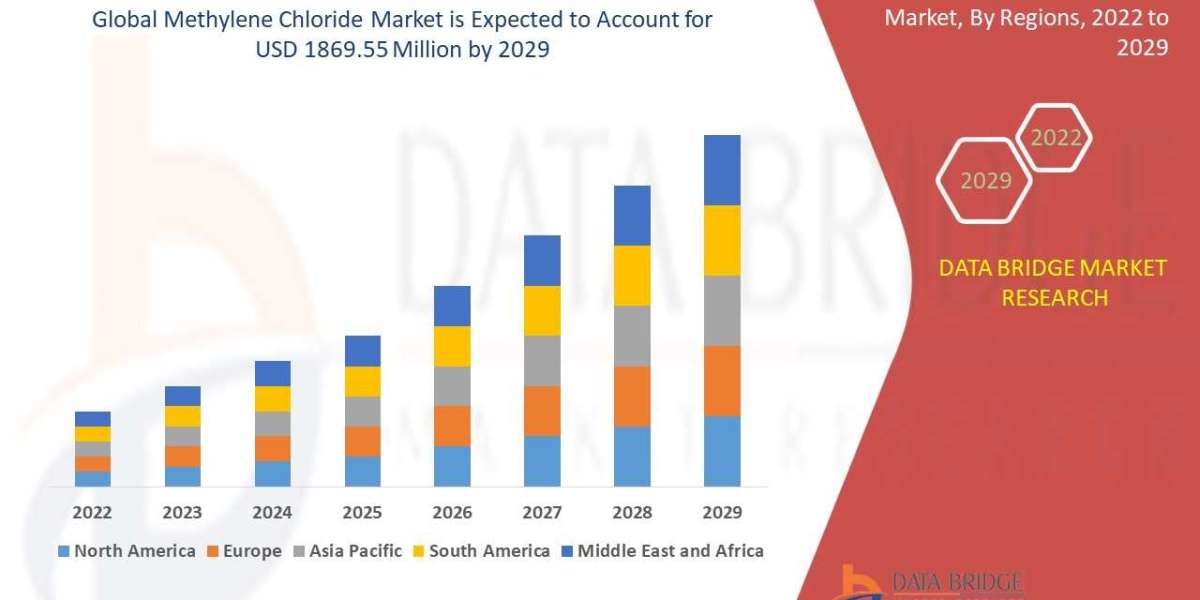Content marketing has become an essential pillar in the world of digital marketing. As brands and businesses evolve, so do the strategies they employ to reach their target audiences. Content marketing, which focuses on creating, publishing, and distributing valuable content to attract, engage, and retain a clearly defined audience, plays a critical role in achieving broader digital marketing objectives. It not only strengthens a brand's online presence but also enhances customer relationships, drives traffic, and improves conversions.
In this comprehensive guide, we will explore how content marketing fits into the broader digital marketing strategy and why it is indispensable for modern-day marketers.
1. Content Marketing as the Foundation of Digital Marketing
At the heart of digital marketing lies the content that brands produce to communicate with their audience. Whether it's a blog post, video, social media post, or email, content serves as the fuel that powers digital marketing initiatives. Without quality content, even the most sophisticated strategies for SEO, social media marketing, or email marketing would fall short.
Key Points:
Content is the message: All other digital marketing channels—such as paid advertising, SEO, and social media—are essentially delivery mechanisms for the content you create.
Content fuels engagement: It provides value to customers, encouraging them to interact with your brand and stay engaged over time.
Building authority: High-quality, informative content establishes your brand as an authority in your niche, enhancing trust and credibility.
For example, a well-executed blog with SEO-friendly content helps position your business as a thought leader, which in turn boosts visibility across search engines.
2. Aligning Content Marketing with Business Goals
Content marketing should not operate in a vacuum; it must align with broader business objectives. Whether you aim to increase brand awareness, generate leads, or drive sales, your content marketing efforts should work in synergy with these goals. By aligning content marketing with your digital marketing strategy, you ensure that each piece of content moves you closer to achieving your business objectives.
Key Points:
Target audience: Identify who your audience is and what content resonates with them.
SMART goals: Set specific, measurable, achievable, relevant, and time-bound goals that your content will help you reach.
Funnel approach: Tailor content to different stages of the buyer’s journey—from awareness to consideration to decision—ensuring that your content leads prospects through the sales funnel.
For instance, educational blog posts can attract users at the top of the funnel, while case studies or testimonials can convert leads into customers further down the funnel.
3. Content Marketing and SEO: A Symbiotic Relationship
Search engine optimization (SEO) and content marketing are two sides of the same coin. SEO focuses on making your website and content discoverable in search engines, while content marketing ensures that the material found is valuable to your audience. Without SEO, your content might not be found, and without quality content, your SEO efforts won’t lead to meaningful engagement or conversions.
Key Points:
Keyword research: Content marketing must be built on solid keyword research to ensure that it ranks for terms your audience is searching for.
On-page optimization: Properly structured headings, meta descriptions, and internal links improve the SEO value of your content.
Backlink building: High-quality content can attract backlinks from other websites, further enhancing your SEO efforts and authority.
By creating long-form, keyword-optimized blog posts or articles that answer specific customer questions, businesses can improve their organic search rankings while simultaneously delivering value to their target audience.
4. Content Marketing and Social Media Strategy
Social media platforms are prime distribution channels for content marketing. Every social media post, infographic, video, or meme is an opportunity to engage your audience, provide value, and build brand loyalty. A robust content marketing strategy integrates seamlessly with social media efforts, ensuring that content is optimized for sharing and interaction.
Key Points:
Cross-promotion: Content created for your blog or website can be repurposed and shared on various social media channels.
Real-time engagement: Social media allows for immediate interaction and feedback, which helps build community and foster relationships.
Brand awareness: Viral content shared across platforms can significantly increase your brand’s visibility.
For example, a company might write a detailed blog post and then create a series of social media posts that highlight key points from the article. These posts drive traffic back to the original content while engaging followers across social platforms.
5. Content Marketing and Email Marketing
Email marketing and content marketing often go hand-in-hand. While content marketing helps attract potential customers, email marketing helps nurture these leads through the sales funnel. Whether it’s a newsletter, a special promotion, or an educational series, content can play a key role in keeping your email subscribers engaged.
Key Points:
Personalization: Tailored content delivered via email ensures a more personalized customer experience.
Drip campaigns: Automated email campaigns can be used to deliver a steady stream of valuable content to nurture leads over time.
Call-to-action: Every email sent should have a clear call-to-action (CTA) that directs the recipient to engage with your content further—whether it’s reading a blog post, downloading a guide, or signing up for a webinar.
By using content marketing to generate high-quality blog posts, you can then repurpose these pieces into email campaigns that continue to add value and deepen customer relationships.
6. Content Marketing in Paid Advertising
Paid advertising is another critical component of digital marketing, and content marketing enhances its effectiveness. Instead of directing traffic to a landing page focused solely on sales, businesses can use content to add value to the customer experience. Paid ads that lead to informative articles, educational videos, or detailed guides often perform better because they prioritize customer needs over direct selling.
Key Points:
Ad copy: Paid ads need to be compelling and value-driven. High-quality content can be repurposed as effective ad copy to drive clicks.
Landing pages: Instead of sales-heavy landing pages, businesses can use content-driven landing pages that offer a solution to the customer’s problem or answer a key question.
Retargeting: Content marketing can be used in retargeting campaigns, keeping potential customers engaged and moving them further down the sales funnel.
For example, a paid ad that promotes a free, in-depth guide can generate more qualified leads by offering value upfront and enticing users to engage with your brand before making a purchase.
7. Building Trust and Authority Through Content Marketing
Content marketing builds trust, which is a crucial factor in today’s competitive market. By offering valuable, informative, and transparent content, you position your brand as a trusted authority in your industry. This trust directly impacts the effectiveness of other digital marketing channels, such as SEO, social media, and email marketing, because customers are more likely to engage with brands they trust.
Key Points:
Educational content: Sharing your knowledge and expertise through how-tos, guides, and tutorials helps establish your credibility.
Customer-centric approach: By focusing on solving customer problems rather than just promoting your products or services, content marketing demonstrates that you care about your audience's needs.
Consistency: Regularly publishing high-quality content ensures that your audience sees you as a reliable and valuable resource.
For instance, publishing a series of articles that address common customer pain points can help build authority and foster long-term trust with your audience.
8. Analytics and Measuring Success
No digital marketing strategy is complete without tracking performance, and content marketing is no exception. The success of your content marketing efforts can be measured using analytics tools that track engagement metrics, such as page views, bounce rates, social shares, and time spent on page. By analyzing these metrics, marketers can adjust their content strategies to optimize performance and ROI.
Key Points:
Engagement metrics: Track how users are interacting with your content, such as time on page, shares, comments, and clicks.
Conversion tracking: Determine how your content contributes to conversions, whether it's generating leads, newsletter signups, or direct sales.
A/B testing: Experiment with different content formats, headlines, and CTAs to see what resonates most with your audience.
Tools like Google Analytics, HubSpot, and SEMrush can provide valuable insights into the performance of your content marketing efforts and help refine your strategy for better results.
Conclusion
Content marketing is the backbone of a successful digital marketing strategy. It powers SEO, enhances social media engagement, nurtures leads through email campaigns, and supports paid advertising initiatives. By creating valuable, relevant, and engaging content that aligns with your broader marketing goals, you can drive traffic, increase conversions, and build long-lasting relationships with your audience.
Incorporating content marketing into your overall digital marketing strategy is not just a trend—it’s a necessity for brands looking to thrive in a highly competitive, ever-evolving digital landscape.












